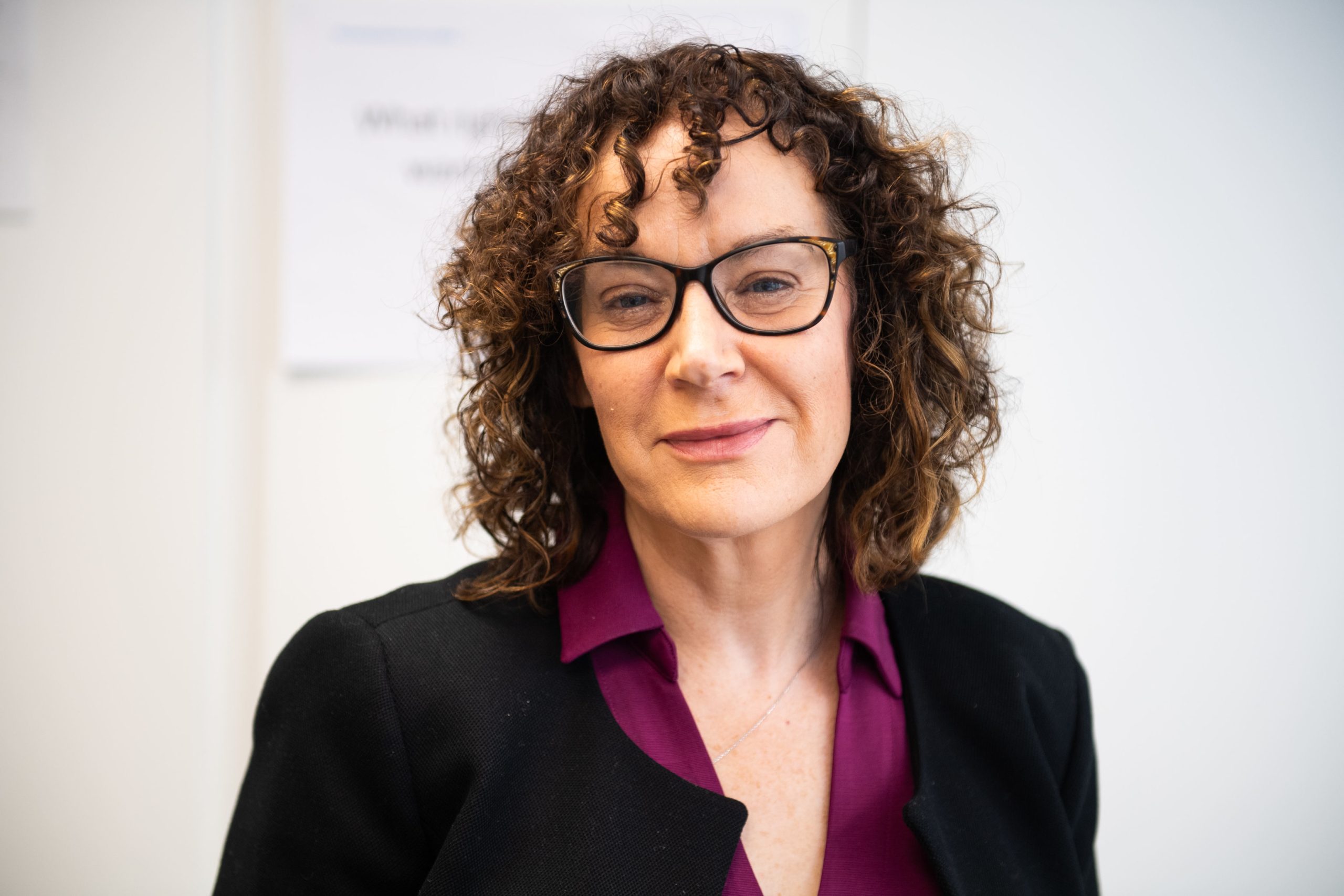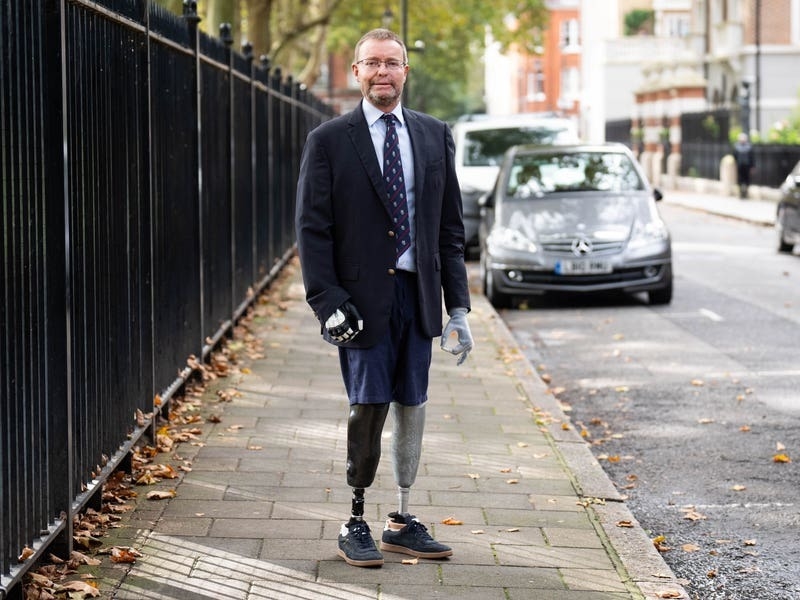By Carmel Corrigan
WHEN I came to Jersey and took up my post as Commissioner for Children and Young People in March of this year, I spent a number of weeks meeting a wide range of people, including government ministers, members of Scrutiny, regulators, third- sector organisations and, of course, children and young people.
Many of these, quite rightly, questioned me about my background and what I intended to do in Jersey. However, one question stood out for me and has been rattling around in my head ever since. This question was: ‘What impact has signing up to the UN Convention on Children’s Rights, and children’s rights in general, had in Jersey?’
For me, having worked in the children’s rights field for over 20 years, the answer to this question has become second nature but, for many Islanders, that will not be the case. It strikes me that, as we prepare to celebrate World Children’s Day next week and, more locally, the tenth anniversary of the Convention being extended to Jersey, this would be the perfect time to explore this question.
In general terms, the primary impact of the Convention is that it makes the idea of children’s rights less abstract. It takes it from the purely moral arena into a legal framework that provides the basis for positive action by governments.
In the case of our own government, for example, several pieces of law have been amended in the decade since we’ve had the Convention to better reflect and protect the rights of our young population.
In addition, the reporting mechanisms of the United Nations, to which Jersey subscribes, provide further motivation to progress children’s and young people’s rights, as no government wants to be found significantly lacking in this process. One knock-on effect of this is the increased visibility of children in policy and legislation, and ultimately in society more broadly.
In early 2024, the Government of Jersey has taken the progressive step of making child rights impact assessments mandatory for many legal and policy changes and propositions. Policymakers and legislators must now think about the potential impact of their proposals on children’s rights. The changes that this can effect are then carried into law, policy and, ultimately, practice with children across many areas, including education, health, family support, youth justice and children’s services.
The long-term impact of this remains to be seen, of course, but an immediate benefit is that professionals who never before had to consider children or their rights are now attempting to do so.
As with many other areas of human endeavour, children’s rights have now also been considered from a neuroscientific perspective. There is emerging evidence that people, including children, have better neurological development when they are assured that the key components of their rights are being upheld. In other words, these components (things like agency and autonomy, freedom from want, freedom from fear, and so on) have been shown to relate to the development of different parts of the brain’s structure, functioning and development. This means that children who have their rights fulfilled, and their inherent human dignity respected have better brain development in childhood and into adulthood. They feel safer, more connected and less stressed or alienated. Surely, that is impact enough.
Of course, these positive conditions continue deep into adulthood. One of the most widely cited positive impacts of children’s rights is that they produce more active and trusting adults. When children have had their rights upheld, they feel valued by their society. When they feel heard and respected by decision-makers, they take a greater interest in what decision-makers say and do.
In short, they tend to become more active and involved adult citizens, both socially and politically. I venture to suggest that this might be of particular interest to Jersey, considering its low levels of political engagement across all age groups.
Perhaps the easiest and most powerful way to assess the impact of children’s rights in Jersey is to consider its antithesis – what might the Island look like if we’d never adopted the Convention at all? Picturing this requires little imagination, since much of this alternative reality has already been laid out for us in exhaustive detail by the Independent Jersey Care Inquiry. And yet, it’s a parallel future that is worth dwelling on for a few moments, if only to recognise the true value of the child rights approach that came in its place.
I believe that, instead of focusing on impact measurement, the question that Jersey should be asking itself next is what kind of childhood it wants for its children.
Having heard from more than 1,000 young people in a recent consultation, I can say with confidence that there are a great many different views on what childhood in Jersey should look like.
And yet, there was one thing that almost everyone who responded to that consultation could agree on: upholding and respecting children’s rights is simply the right thing to do.






